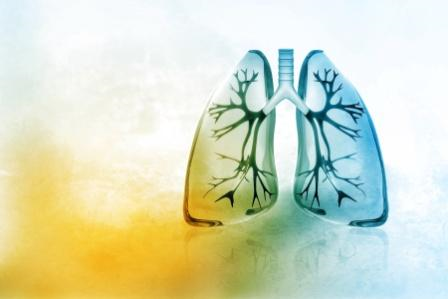Analysing percutaneous lung biopsy
The authors of this article deliver a complete depiction of percutaneous lung biopsy: comprehensively described indications, contraindications, technical aspects, diagnostic accuracy and complications.
Teaching points:
- Imaging-guided biopsy is one of the main methods to obtain lung nodule specimens.
- CT has the highest accuracy for diagnosis as an imaging guide.
- Compared to FNAB, CNB has a higher accuracy for diagnosis.
- Pneumothorax and parenchymal pulmonary haemorrhage care the most frequent complications.
- Several clinical and technical variables can affect diagnostic accuracy and patient safety.
Abstract:
Background
This article aims to comprehensively describe indications, contraindications, technical aspects, diagnostic accuracy and complications of percutaneous lung biopsy.
Methods
Imaging-guided biopsy currently represents one of the predominant methods for obtaining tissue specimens in patients with lung nodules; in many cases treatment protocols are based on histological information; thus, biopsy is frequently performed, when technically feasible, or in case other techniques (such as bronchoscopy with lavage) are inconclusive.
Results
Although a coaxial system is suitable in any case, two categories of needles can be used: fine-needle aspiration biopsy (FNAB) and core-needle biopsy (CNB), with the latter demonstrated to have a slightly higher overall sensitivity, specificity and accuracy.
Conclusion
Percutaneous lung biopsy is a safe procedure even though a few complications are possible: pneumothorax, pulmonary haemorrhage and haemoptysis are common complications, while air embolism and seeding are rare, but potentially fatal complications.
Reference:

